This Spiky Tiny Black-And-White Bird Resembles A Feathered Zebra-Striped Tennis Ball
Black and white are two bland colors, but with only these two basic hues, mother nature generates numerous impressive living beings. This Black-crested Tit-Tyrant (Anairetes nigrocristatus) or Marañón tit-tyrant is a perfect example of the creativity of mid-air wildlife.
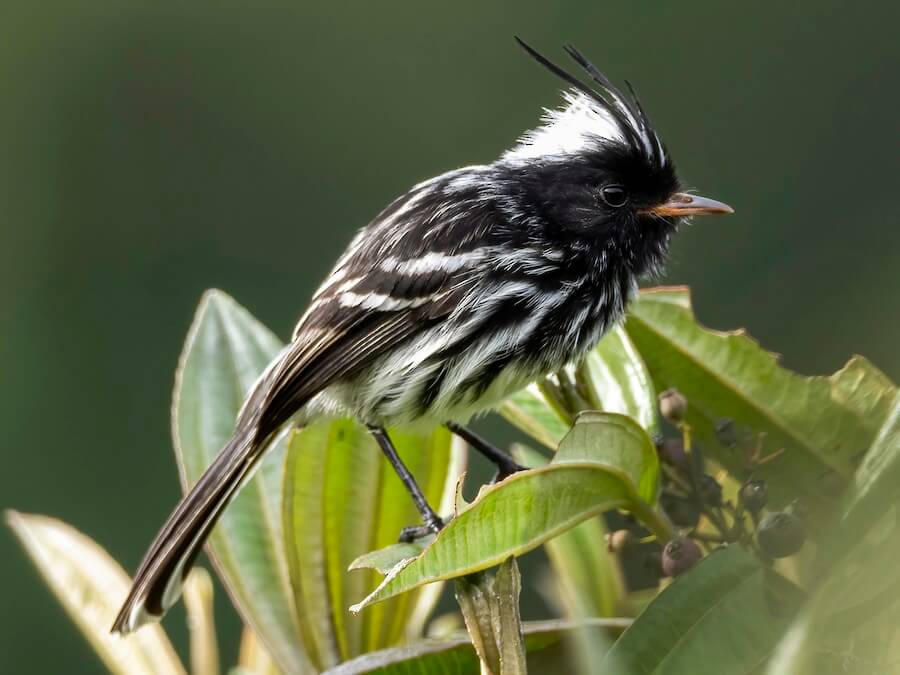 Source: Andres Vasquez Noboa, Loja, Ecuador
Source: Andres Vasquez Noboa, Loja, Ecuador
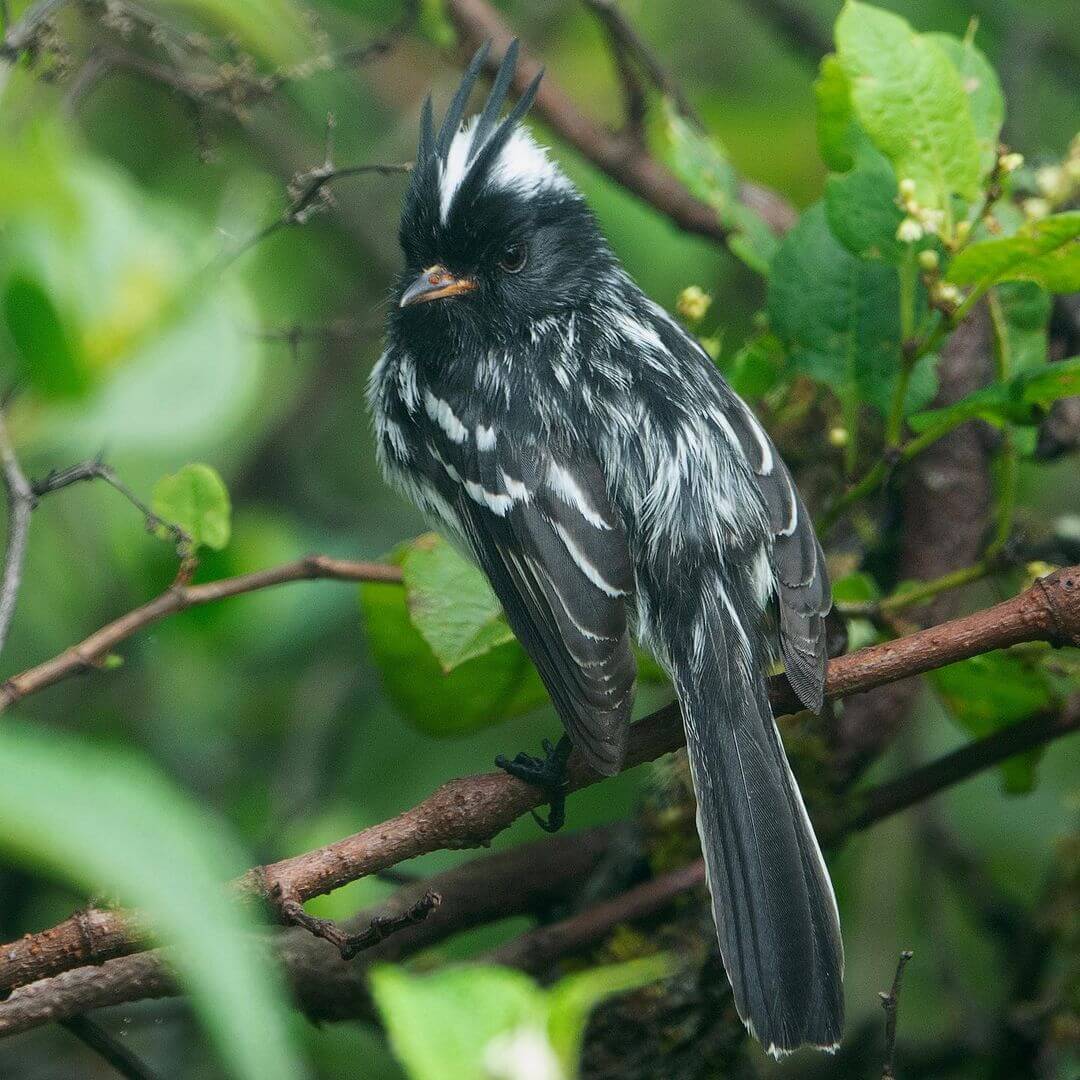 Source: Daniel Pacheco Osorio
Source: Daniel Pacheco Osorio
 Source: Peter Boesman, Huaraz, Ancash, Peru
Source: Peter Boesman, Huaraz, Ancash, Peru
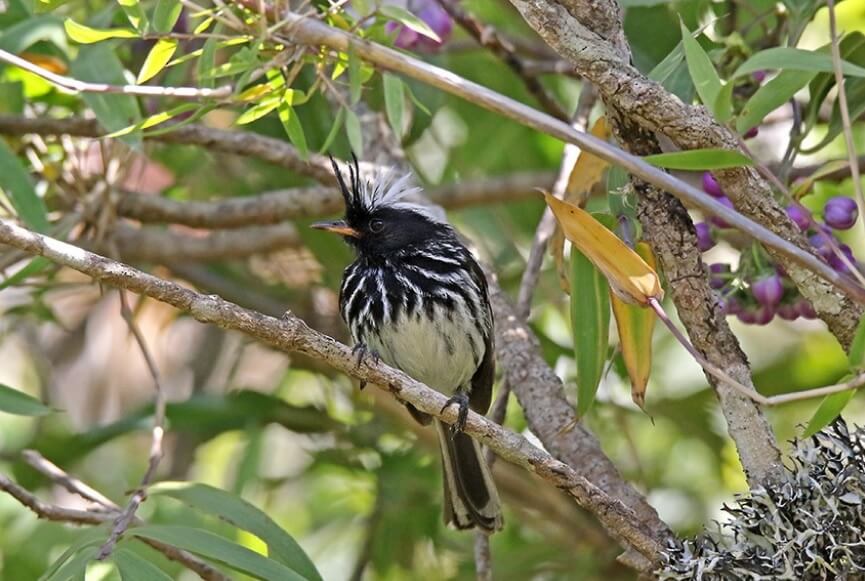 Source: Roger Ahlman, Reserva Utuana, Loja, Ecuador
Source: Roger Ahlman, Reserva Utuana, Loja, Ecuador
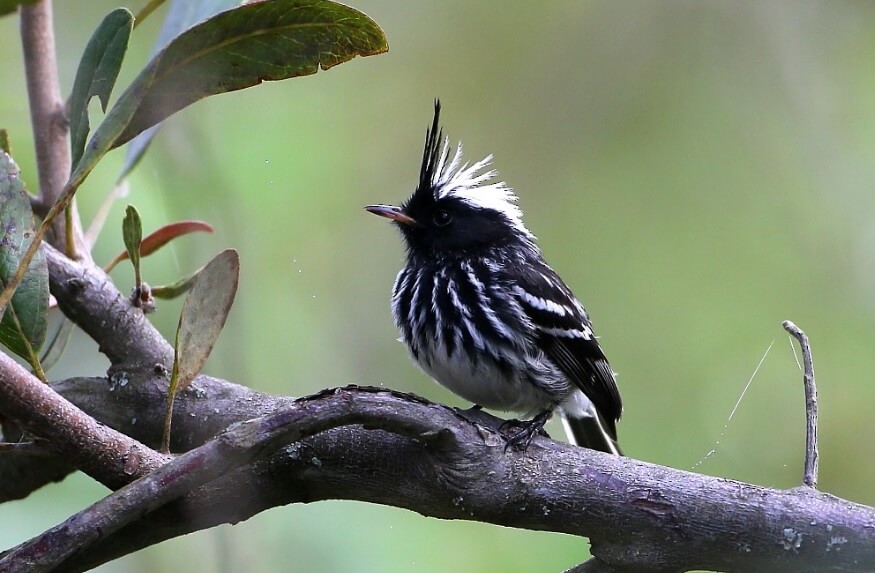 Source: Janos Olah, Utuana, Loja, Ecuador
Source: Janos Olah, Utuana, Loja, Ecuador
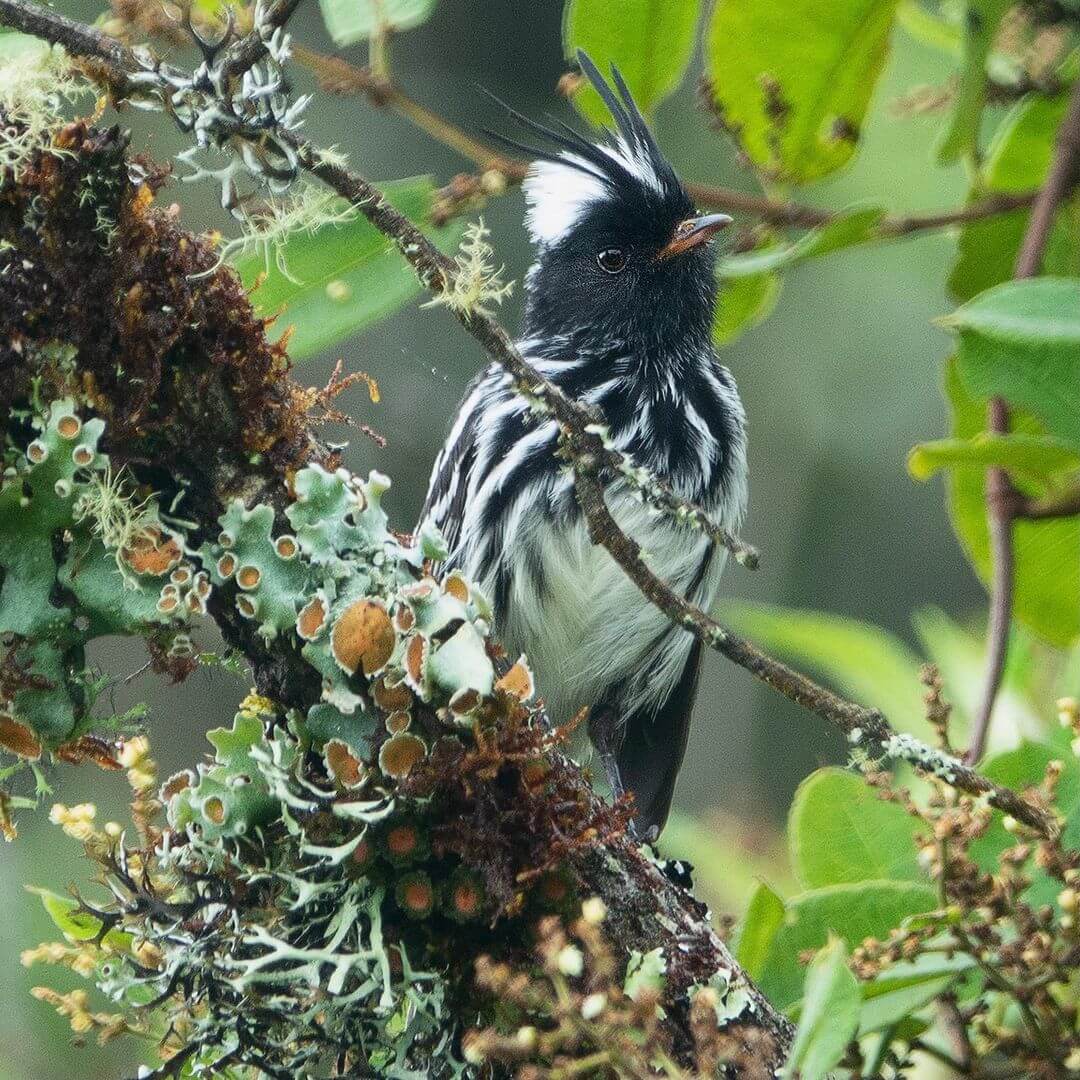 Source: Daniel Pacheco Osorio
Source: Daniel Pacheco Osorio
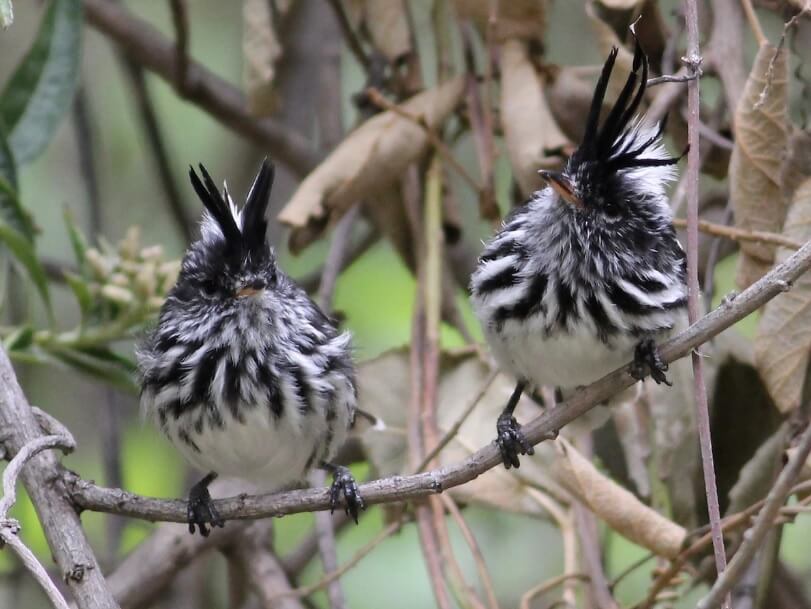 Source: Jason Leifester, Rio Chonta, Cajamarca, Peru
Source: Jason Leifester, Rio Chonta, Cajamarca, Peru
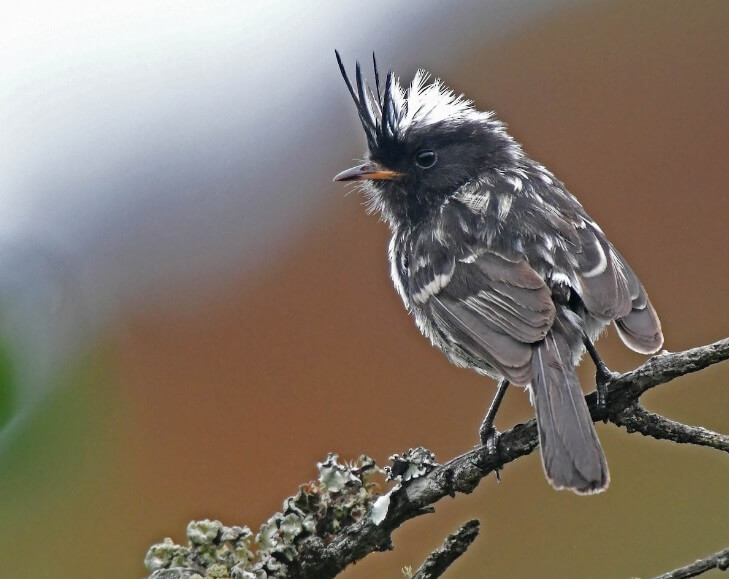 Source: Tini & Jacob Wijpkema, Abra de Porculla, Piura, Peru
Source: Tini & Jacob Wijpkema, Abra de Porculla, Piura, Peru
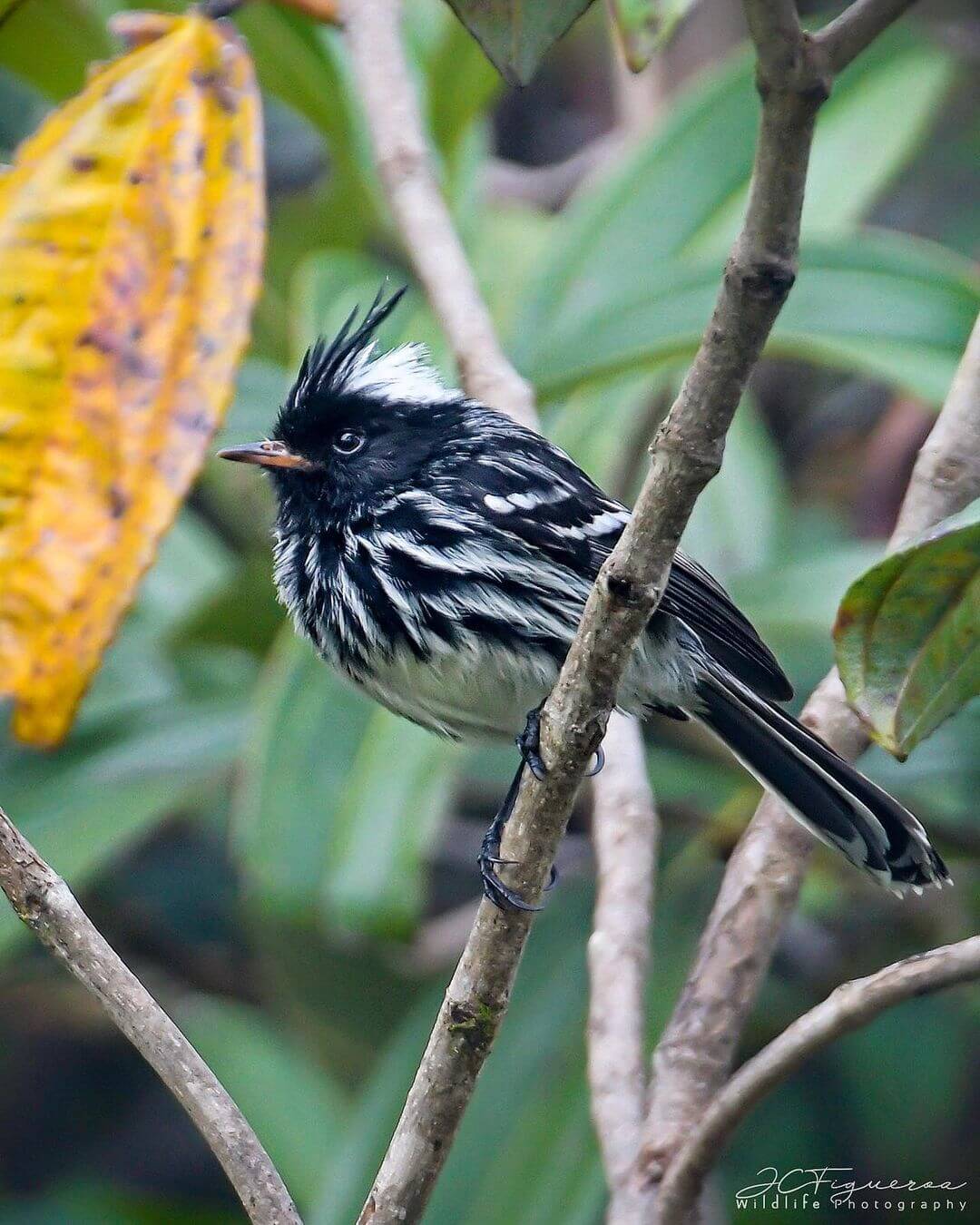 Source: Juan Carlos Figueroa
Source: Juan Carlos Figueroa
Share this article
Advertisement